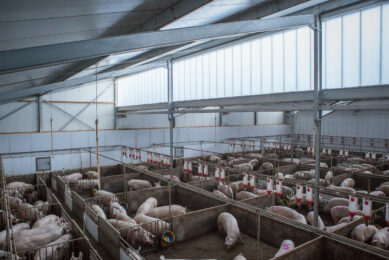Review: Working on healthy piglets starts long before farrowing
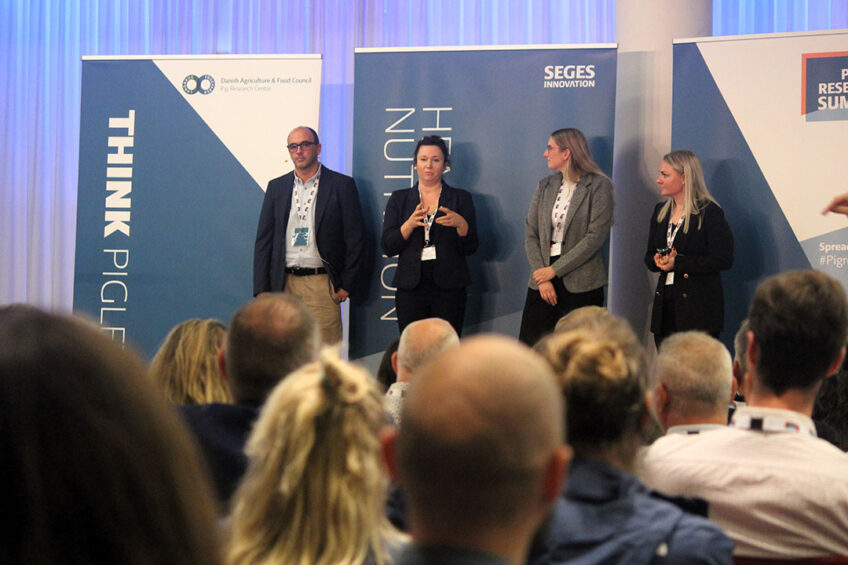
After earlier events that focused on the end of zinc oxide use, SEGES Innovation broadened the theme and held a 2-day “Think: Piglet” summit, addressing piglet health and nutrition. The event, held 21–22 September 2023 in Copenhagen, Denmark, attracted over 300 visitors from over 40 countries. The question of how to get as many healthy piglets as possible was answered from many angles.
Typically, most scientific gatherings concentrate on one particular strategy. It does not often happen that the question of how to make sure weaner pigs will be as healthy as possible is answered by a multitude of different experts. In the sense of hearing many different views, the Think: Piglet summit was a worthy follow-up to the two Zero Zinc Summits, held in 2019 and 2022, also in Copenhagen.
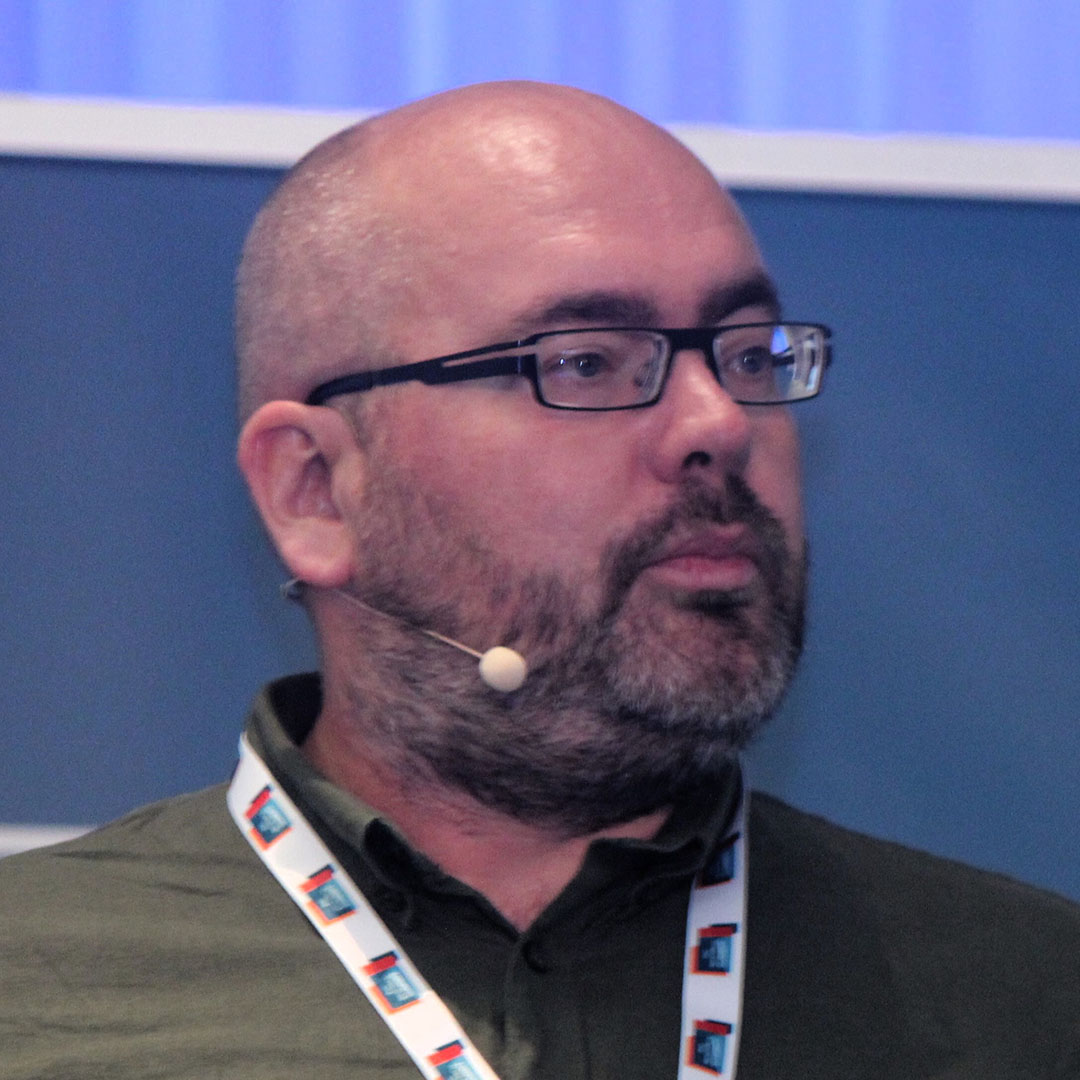
Ample attention to sows
For about half of the 2023 conference – at least the first day – the word “piglet” was only sparsely mentioned, as their mothers received most attention during those sessions. After all, if sows are not well taken care of, there cannot be a question of healthy piglets. A duo presentation by Thomas Sønderby Bruun of SEGES Innovation and Anja V. Strathe, professor at the University of Copenhagen, gave ample attention to sows. They identified various different – sometimes overlapping – phases during gestation when every time, different management is needed.
This holds particularly true for hyperprolific sows, for whom nutritional balance is essential. For each phase, they described the present state of knowledge, quoting many different research sources from around the world. Some of the major key takeaways are listed below.
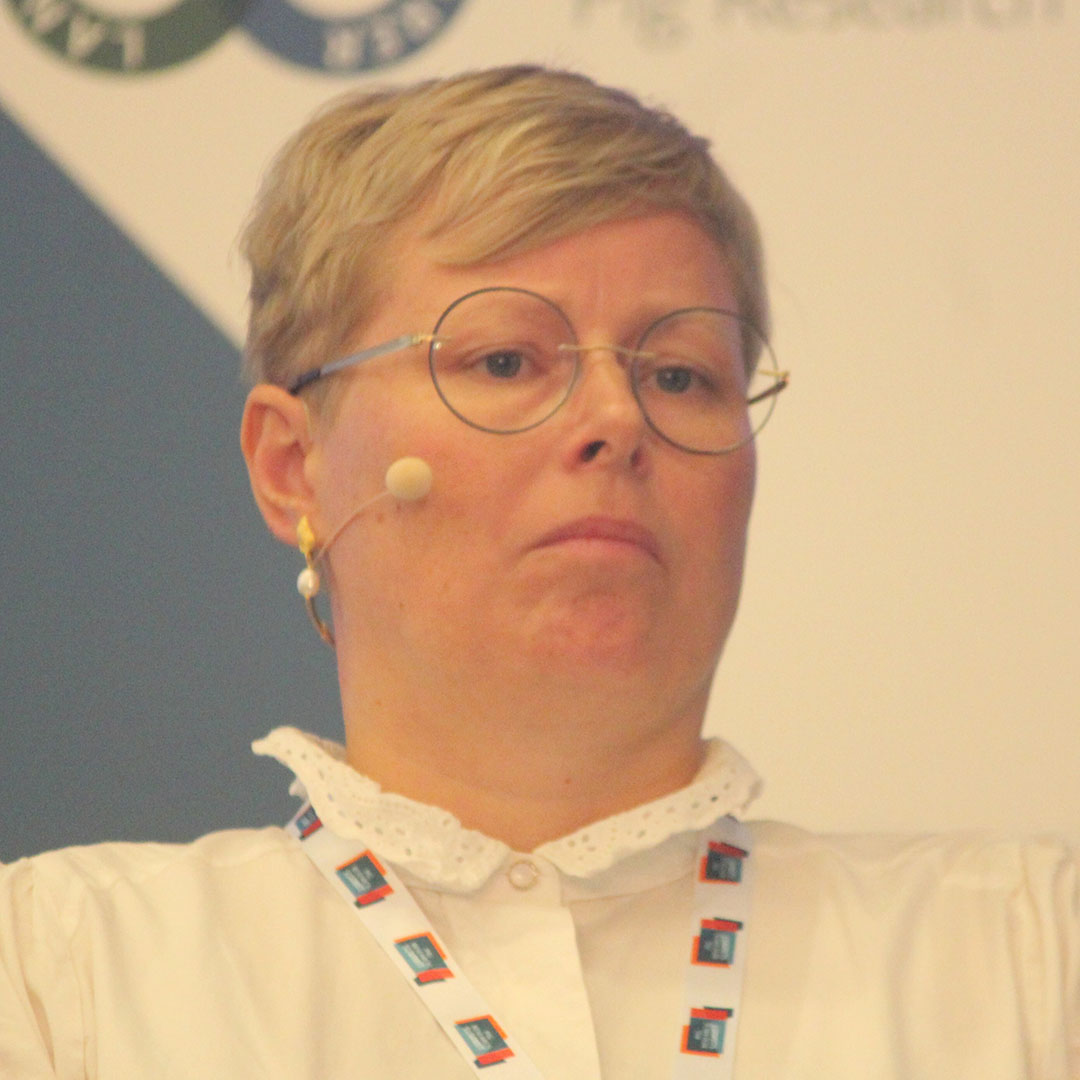
Weaning-to-oestrus interval
This phase is important for follicle quality and numbers. Both scientists pointed to Dutch research focused on glycaemic diets, for instance including dextrose, lactose and sucrose, fed 7 to 14 days prior to weaning. The speakers concluded that glycaemic diets affect the number of total born piglets in hyperprolific sows.
Feeding during the entire gestation phase
This means feeding strategies from day 0 until day 114. The speakers discussed the use of feeding omega-3 fatty acids throughout gestation, and concluded that these show potential to improve piglet birth weight as well as sow health.
The use of dietary lysine and proteins, however, was found to have a major impact on sow weight gain. A gestating sow diet that is low in lysine/protein does not have a negative effect on piglet birth weight, the speakers said.
Feeding during the transition phase
This is the phase directly around farrowing and thereafter, in which the focus is on foetal and udder growth as well as farrowing performance. Sows have a high energy requirement during this phase, the speakers said. At least three meals per day should be provided, with starch and fibres being available around the clock. To enhance the farrowing process and reduce constipation and stillborns, daily fibre allowance should be increased, and standard ileal digestible crude protein levels should be reduced.
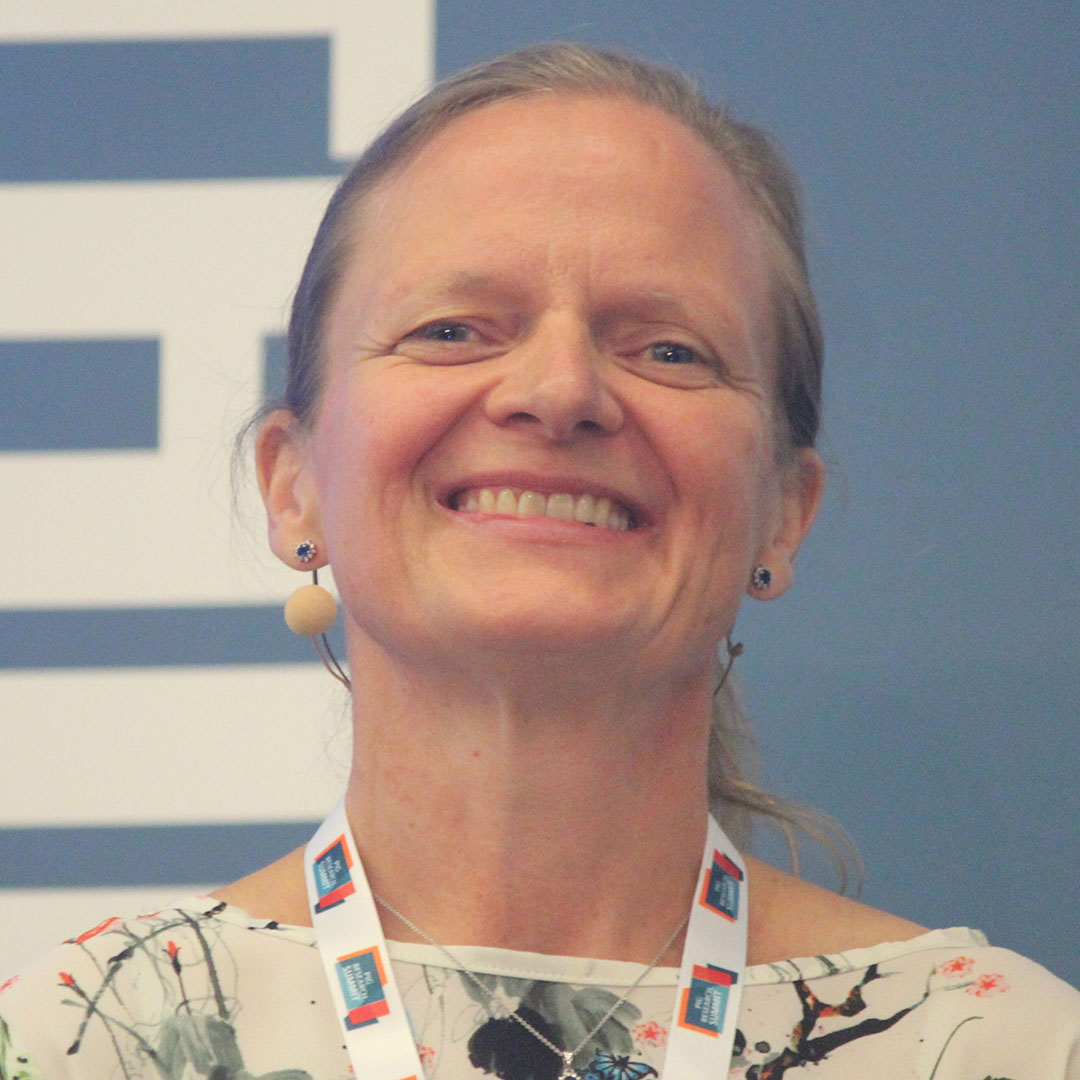
The speakers quoted Danish research from 2021, that showed that a feed level of 3.7 kg/day led to the farrowing duration being quickest (around 4.2 hours) and stillbirth rate was found to be lowest (around 3.9% of total born). In addition, they said, feed reduction prior to farrowing can decrease colostrum production.
Designing the ideal pen for sows and piglets
As the summit progressed, its emphasis shifted from sows to the environment in which piglets are born. An interesting joint keynote was given by Dr Vivi Aarestrup Moustsen of Denmark’s SEGES Innovation and Professor Yolande Seddon of the University of Saskatchewan, SK, Canada, that delved into the question of what the ideal farrowing and lactation pen should look like to be optimal for healthy piglets.
The opening of the presentation dealt with the question of how sows in lactation pens with fixation would need to look, but most of the talk discussed the set-up of a free farrowing lactation pen, as this is where the EU appears to be heading. Dr Aarestrup Moustsen said that this fact requires a rethink as to how the industry looks at farrowing pens. A new type of pen should not be a conventional pen with some extras, but rather a pen designed for a loose sow where she can be locked up temporarily if needed.
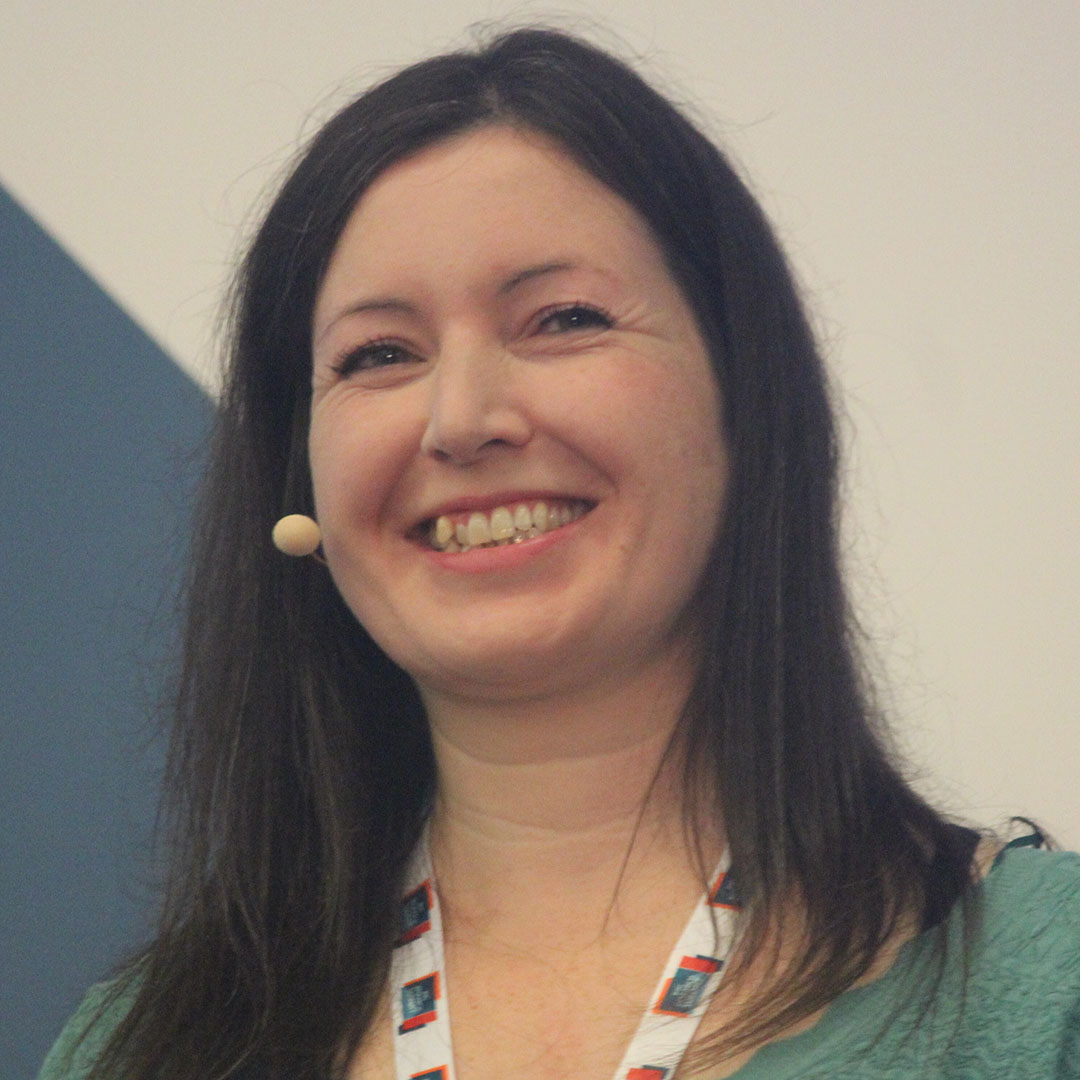
Currently only Austria and Germany have already converted to free farrowing in their legislation, and they recommend pen size to be 5.5 m2 and 6.5 m2 per sow. While the ideal farrowing pen size would depend on the number of piglets, Dr Aarestrup Moustsen showed that even when taking an average 6m2 surface, impactful choices can be made. She showed various designs, from pens being square to rectangular, and explained what impacts these designs would have on the sow’s natural behaviour, such as turning and dunging.
Enrichment also took centre stage in this presentation. Prof Seddon pointed out that enrichment could help prevent problems later in life; for instance, it may make piglets less prone to tail biting. She gave examples of burlap or jute components, as well as rope and straw.
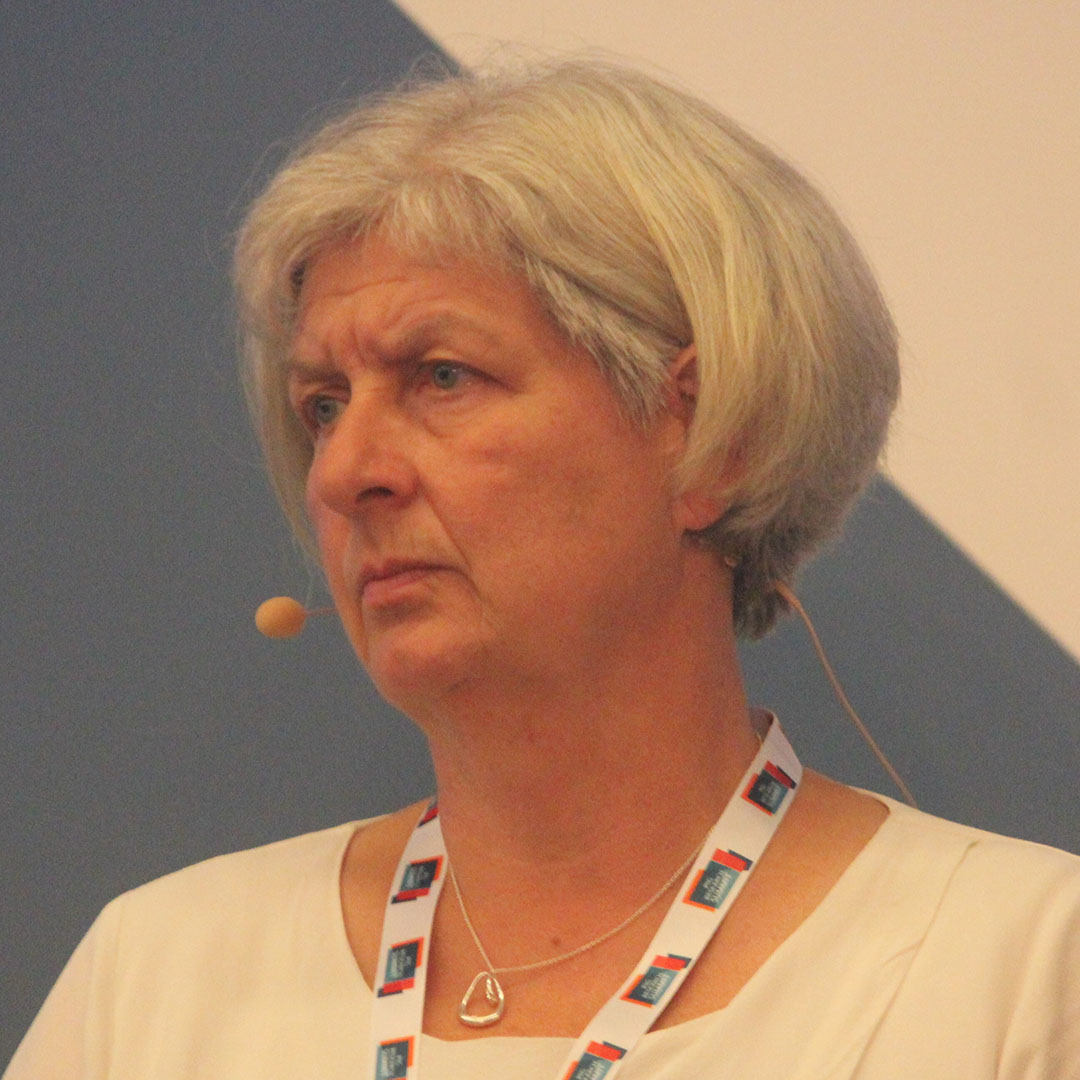
Balance floors
A special mention in this context goes to the short presentation by Dorthe Frandsen, chief consultant at SEGES Innovation, who looked into the functioning of balance floors, a solution that can temporarily elevate the sow’s area to avoid crushing. In a trial by SEGES on pre-weaning mortality, no significant differences were found between the use of balance floors and regular pens – but she did notice something else. Of the dead piglets, 58% had never had their stomachs filled, and with another 21% she found they had eaten at some point – but their stomachs were still empty at time of death. Another 16% had their stomachs partially filled. Crushing, she concluded, was not so much a matter of the sows overlying, but the piglets being too weak to move away.
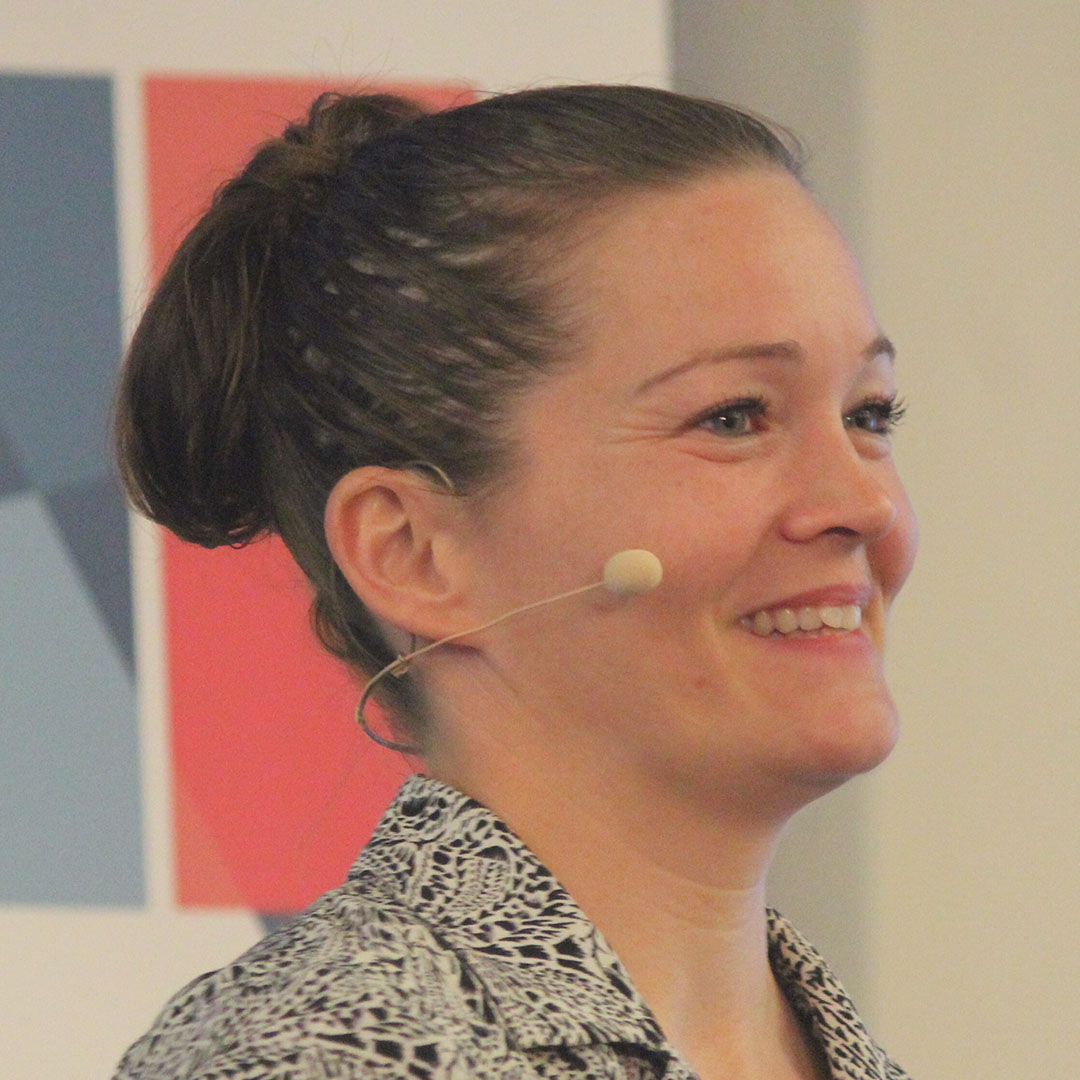
The best pig management possible
Moving from pens to piglet management, another comprehensive and practical keynote presentation was given by Pia Heiselberg, veterinarian at Hyovet in Denmark. Her practice is responsible for 40% of the sows in the country, and some of them go close to 40 piglets weaned per sow per year. So what is the secret of managing large litters? She was keen to share her main takeaways:
The use of split suckling;
The milking of sow colostrum for the smallest pigs;
Counting teats before equalising;
Considering applying a “one step strategy” for nurse sows.
In a future Pig Progress article, more attention will be paid to this approach.
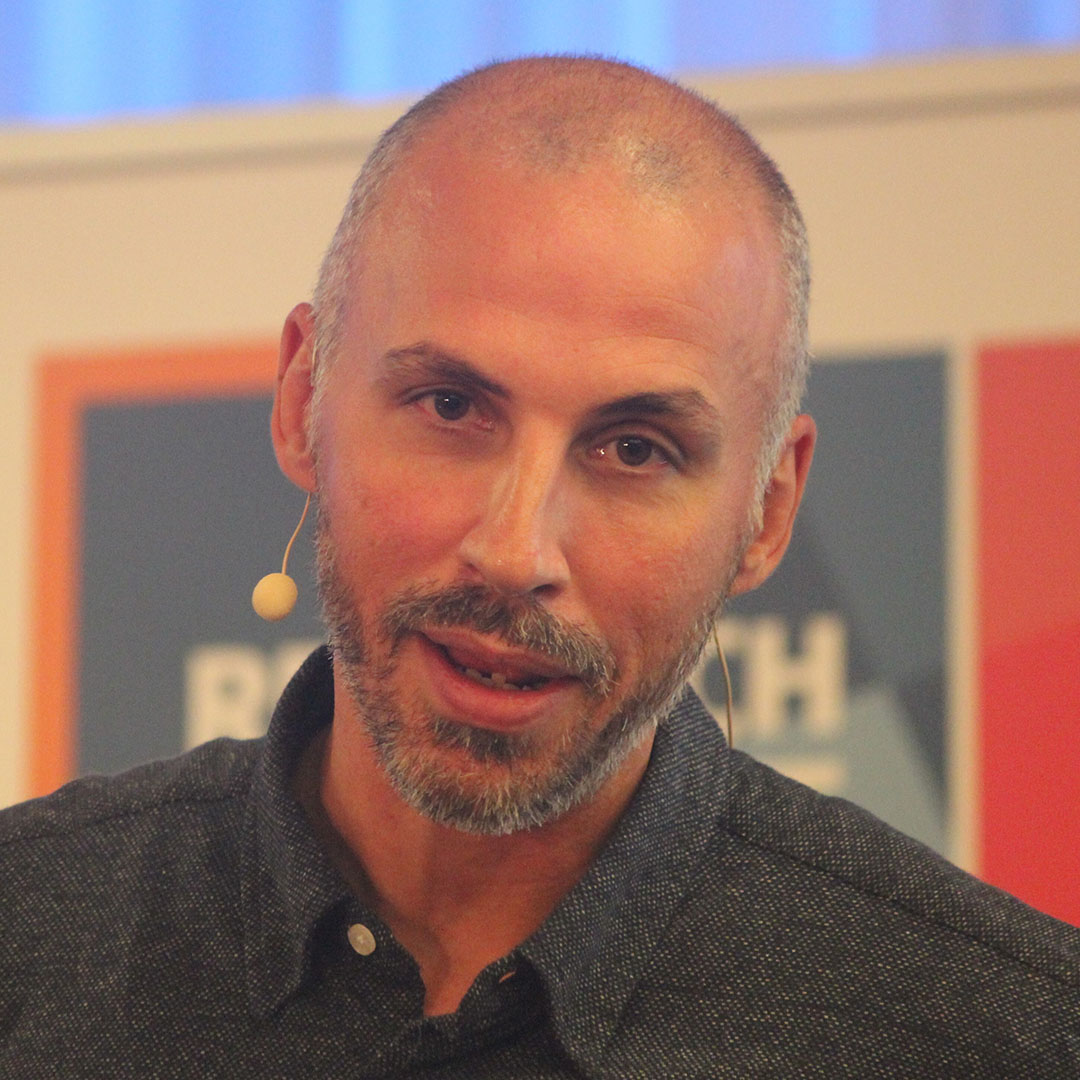
Piglet feeding pre-weaning
Finally, the icing on the cake was the keynote lecture by Dr Francesc Molist of Schothorst Feed Research in the Netherlands. He gave a couple of very practical notes on dos and don’ts with regard to piglet feeding pre-weaning. The interventions included providing:
Oral supplementation straight after birth, in the first hours of life, using an oral gavage. That could be iron, vitamins, probiotics or immunoglobulins.
Supplemental milk, which can enhance pre-weaning performance. That aims to improve early life survival, and it allows selection of piglets that need extra support.
Creep feed, which helps piglets to prepare for weaning and helps stimulate post-weaning performance. Dr Molist spent most time on this topic; he indicated that the use of creep feed is whimsical and differs from pen to pen.
Dr Molist concluded his presentation by saying that the switch to dry solid feed should occur in time to enhance digestion and gastrointestinal tract maturation. He suggested starting with a transition diet one week prior to weaning and continuing until one week after weaning. Management, he concluded, is as important as nutrition.






